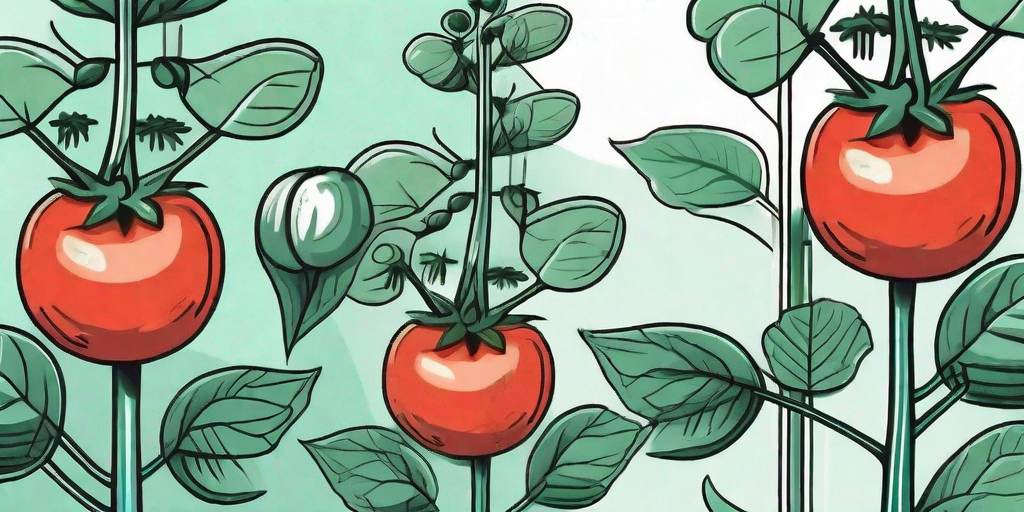
There's nothing quite like the joy of seeing your tomato plants flourish in your garden, only to have your heart shattered by the sight of rotten, unappetizing fruits. It's like a soap opera, but with tomatoes. But fear not, fellow gardeners, for we are here to help you prevent this tragedy known as blossom end rot.
Understanding Blossom End Rot: The Tomato Tragedy
Before we dive into the solutions, let's first understand the problem. Blossom end rot is a common garden problem that affects a variety of fruits, but tomatoes are particularly susceptible. It's like they're the star-crossed lovers of the garden world.
It's characterized by a dark, sunken spot at the blossom end of the fruit. The spot starts small, but like a bad rumor, it can spread and ruin the whole fruit. This is caused by a calcium imbalance in the plant, which can be due to several factors such as inconsistent watering, poor soil quality, or excessive nitrogen fertilization.
Preventing Blossom End Rot: The Tomato Redemption
Now that we've identified the villain of our story, let's talk about how to save the day. Here are some strategies to prevent blossom end rot in your garden.
1. Consistent Watering
Just like how we humans need a consistent supply of coffee (or tea, if that's your thing) to function properly, plants also need consistent watering. Inconsistent watering can lead to calcium deficiency, which is the main cause of blossom end rot.
So, how much water do your tomato plants need? A good rule of thumb is to water deeply but infrequently. This encourages the roots to grow deeper into the soil, making the plant more resilient. But remember, too much of a good thing can be bad. Overwatering can lead to other problems like root rot.
2. Proper Fertilization
Tomato plants are like teenagers: they need a balanced diet to grow properly. Too much nitrogen can lead to rapid growth at the expense of fruit development, leading to blossom end rot. So, make sure to use a balanced fertilizer that also contains calcium.
Also, avoid over-fertilizing. It's like overfeeding a pet: it might seem like a good idea at the time, but it can lead to health problems in the long run.
3. Soil Testing and Amendment
Good soil is the foundation of a healthy garden. If your soil is deficient in calcium, your plants will be too. So, it's a good idea to test your soil before planting.
If your soil is indeed deficient in calcium, you can add lime or gypsum to increase its calcium content. But remember, moderation is key. Too much calcium can interfere with the absorption of other nutrients.
FAQs: The Tomato Inquisition
Here are some frequently asked questions about blossom end rot.
1. Can I eat tomatoes with blossom end rot?
Technically, yes. The affected part is just unappetizing, not poisonous. But why settle for less when you can have perfect, juicy tomatoes?
2. Can blossom end rot spread to other fruits?
No, blossom end rot is not a disease, but a physiological disorder due to calcium deficiency. So, it won't spread to other fruits like a contagious disease.
3. Can I prevent blossom end rot with a calcium spray?
While calcium sprays can help, they're not a magic bullet. The best way to prevent blossom end rot is to ensure a consistent supply of calcium from the soil through proper watering and fertilization.
Conclusion: The Tomato Happily Ever After
And there you have it, folks. With consistent watering, proper fertilization, and good soil, you can prevent blossom end rot and enjoy a bountiful harvest of juicy, delicious tomatoes. So, here's to a tomato happily ever after!











